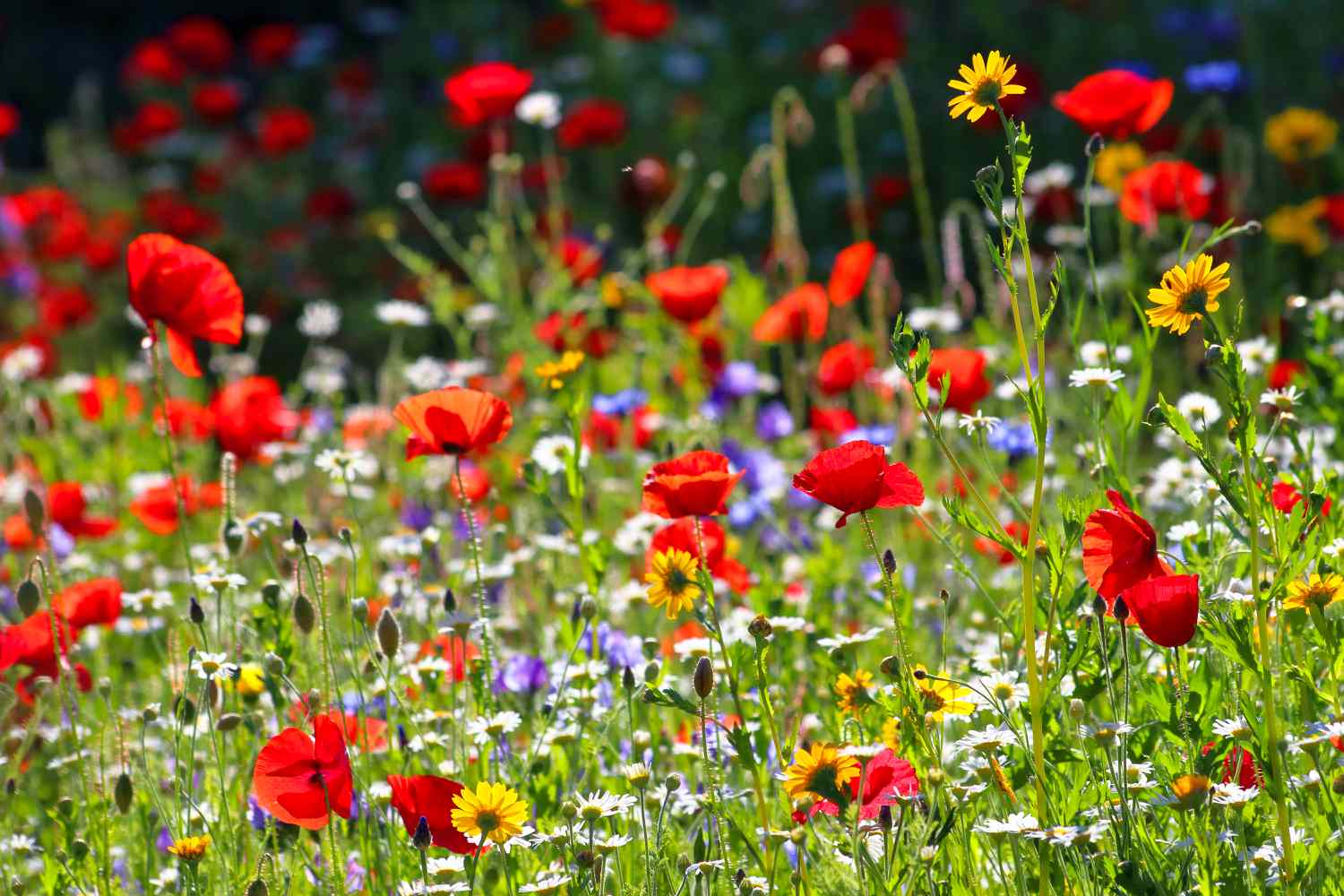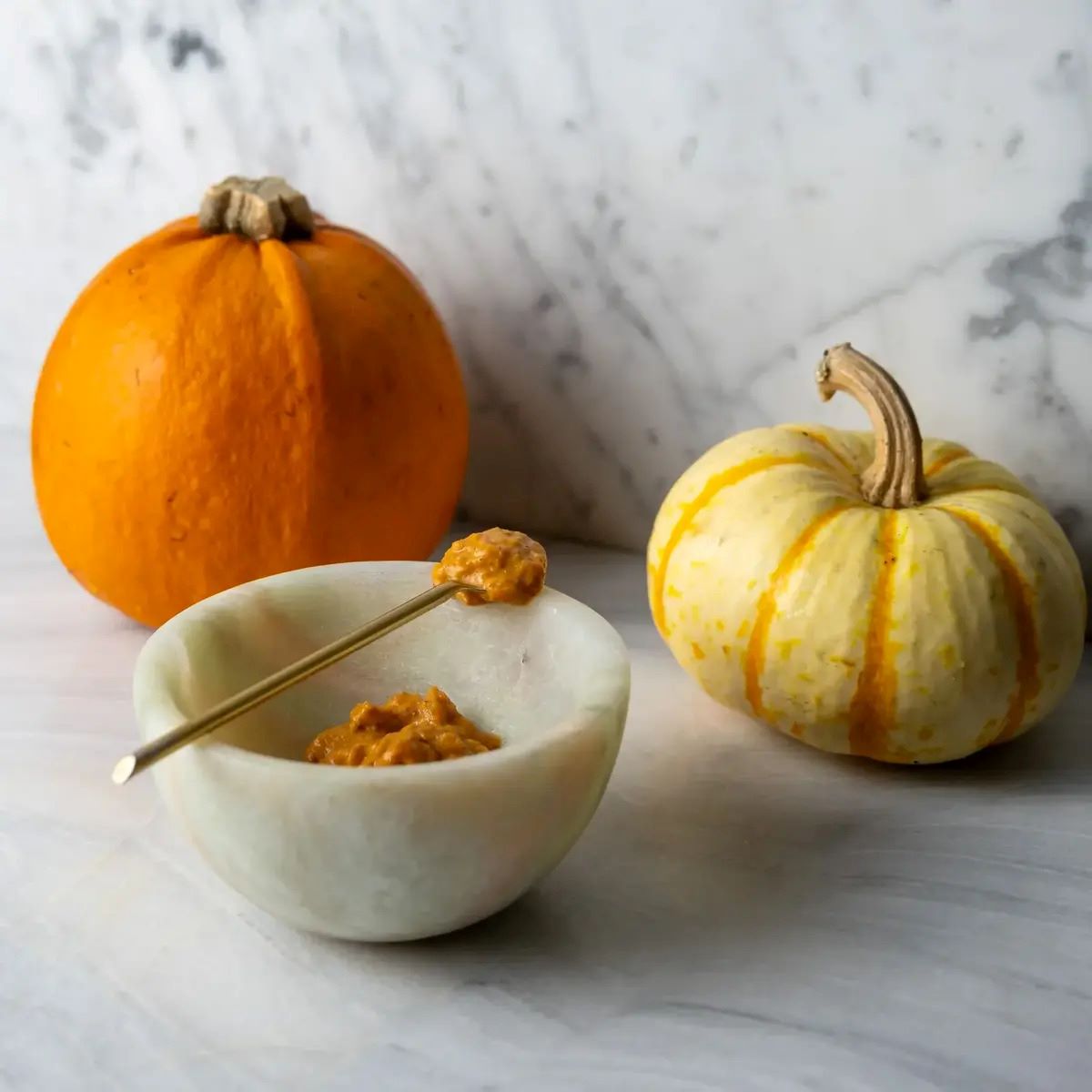
Wildflowers are nature's vibrant and untamed beauties, adding splashes of color to meadows, hillsides, and forests. These delicate yet resilient plants have captivated the hearts of nature enthusiasts, hikers, and botanists alike. In this article, we'll delve into 11 fascinating facts about wildflowers, shedding light on their diverse characteristics, ecological significance, and cultural symbolism. From their adaptive survival strategies to their role in supporting pollinators and local ecosystems, wildflowers offer a captivating glimpse into the wonders of the natural world. Join us on a journey through fields of blossoms, where each wildflower tells a unique story of resilience, beauty, and the intricate dance of life in the great outdoors.
Key Takeaways:
- Wildflowers are not just pretty; they support bees and butterflies, have medicinal uses, and come in a variety of colors and shapes. They’re like nature’s superheroes, helping ecosystems thrive!
- Wildflowers have inspired art, literature, and conservation efforts. They’re not just beautiful; they’re essential for biodiversity and cultural traditions. Let’s protect and appreciate these delicate blooms for generations to come!
Wildflowers: Nature's Delicate Beauties
Wildflowers are nature's delicate beauties, adding splashes of color to meadows, forests, and mountainsides. These vibrant blooms are not just visually appealing; they also play crucial roles in ecosystems, supporting pollinators, and providing habitats for various creatures. Here are 11 fascinating facts about wildflowers that showcase their enchanting allure.
Wildflowers come in a vast array of colors and shapes.
The diversity of wildflowers is truly astounding. From the vivid orange of California poppies to the delicate petals of bluebells, these blooms exhibit an extraordinary range of colors and shapes, captivating anyone who encounters them.
Wildflowers are adaptable and resilient, thriving in diverse environments ranging from arid deserts to lush woodlands. Their ability to flourish in such contrasting landscapes is a testament to their resilience and adaptability, making them a symbol of nature's enduring strength.
Many wildflowers are edible and have culinary uses.
Certain wildflowers, such as dandelions and violets, are not just visually appealing; they also offer culinary delights. These blooms can be used in salads, teas, and even desserts, adding a touch of natural elegance to culinary creations.
Wildflowers have been celebrated in art and literature for centuries.
Artists and writers have long been inspired by the ethereal beauty of wildflowers. From the romantic works of the Pre-Raphaelites to the vibrant still-life paintings of the Dutch masters, wildflowers have been immortalized in countless artistic masterpieces, capturing their timeless allure for future generations to admire.
Wildflowers play a vital role in supporting pollinators.
Bees, butterflies, and other pollinators rely on wildflowers for nectar and pollen, making these blooms essential for the survival of numerous species. By providing sustenance for pollinators, wildflowers contribute to the intricate web of life that sustains ecosystems around the world.
Wildflowers have adapted ingenious methods for seed dispersal.
From explosive seed pods to hitching a ride on passing animals, wildflowers have developed ingenious strategies for dispersing their seeds. These mechanisms ensure the proliferation of wildflower populations, allowing them to thrive and perpetuate their stunning blooms.
Wildflowers have been used for medicinal purposes for centuries.
Throughout history, wildflowers have been harnessed for their medicinal properties. From soothing chamomile to the healing properties of echinacea, these blooms have been valued for their therapeutic benefits, offering natural remedies for various ailments.
Wildflowers have cultural significance in many societies.
In numerous cultures, wildflowers hold deep symbolic meanings and are incorporated into rituals, ceremonies, and traditions. Whether representing love, purity, or renewal, these blooms have left an indelible mark on human culture and continue to be revered for their profound symbolism.
Wildflowers are essential for maintaining biodiversity.
The presence of wildflowers in an ecosystem is indicative of its health and diversity. By providing habitats and food sources for a wide array of organisms, wildflowers contribute to the rich tapestry of life, fostering biodiversity and ecological balance.
Wildflowers have inspired dedicated conservation efforts.
Recognizing the importance of wildflowers in sustaining ecosystems, conservationists and enthusiasts have spearheaded initiatives to protect and restore wildflower habitats. These endeavors aim to safeguard the future of these enchanting blooms and the myriad species that depend on them.
Wildflowers are a source of endless fascination and wonder.
The enchanting world of wildflowers continues to captivate and inspire people of all ages. Whether through leisurely walks in meadows or the study of botany, wildflowers evoke a sense of wonder and appreciation for the natural world, perpetuating their timeless allure for generations to come.
Wildflowers are not merely ornamental features of the natural landscape; they are integral components of ecosystems, weaving intricate connections that support diverse forms of life. Their enduring allure and ecological significance make them worthy of admiration and protection, ensuring that future generations can revel in the enchanting beauty of these delicate blooms.
Conclusion
In conclusion, wildflowers are not only beautiful but also essential components of our ecosystem. Their vibrant colors and diverse species contribute to the overall health of our environment, supporting pollinators, wildlife, and the natural balance of ecosystems. Understanding the significance of wildflowers can inspire us to protect and preserve these delicate plants for future generations to enjoy. By recognizing the vital role they play in the web of life, we can cultivate a deeper appreciation for the intricate beauty and ecological value of wildflowers.
FAQs
Are all wildflowers native to a specific region?
While many wildflowers are native to specific regions, some species have been introduced to new areas and have adapted to thrive in different environments. It's essential to research the native wildflowers in your region and support their growth to maintain biodiversity.
Can wildflowers be grown in home gardens?
Yes, many wildflower species can be cultivated in home gardens, providing a natural and vibrant addition to landscaping. It's important to choose native wildflowers that are well-suited to your local climate and soil conditions for the best results.
Wildflowers captivate hearts with their delicate beauty, but there's more to these enchanting blooms than meets the eye. From harsh desert environments to lush forest floors, wildflowers adapt and thrive in various habitats. Some, like the vibrant Indian Paintbrush, have intriguing relationships with other plants, while others, such as the Virginia Bluebell, hold fascinating secrets waiting to be unveiled. Continue your wildflower exploration and uncover the remarkable stories behind these natural wonders.
Was this page helpful?
Our commitment to delivering trustworthy and engaging content is at the heart of what we do. Each fact on our site is contributed by real users like you, bringing a wealth of diverse insights and information. To ensure the highest standards of accuracy and reliability, our dedicated editors meticulously review each submission. This process guarantees that the facts we share are not only fascinating but also credible. Trust in our commitment to quality and authenticity as you explore and learn with us.


